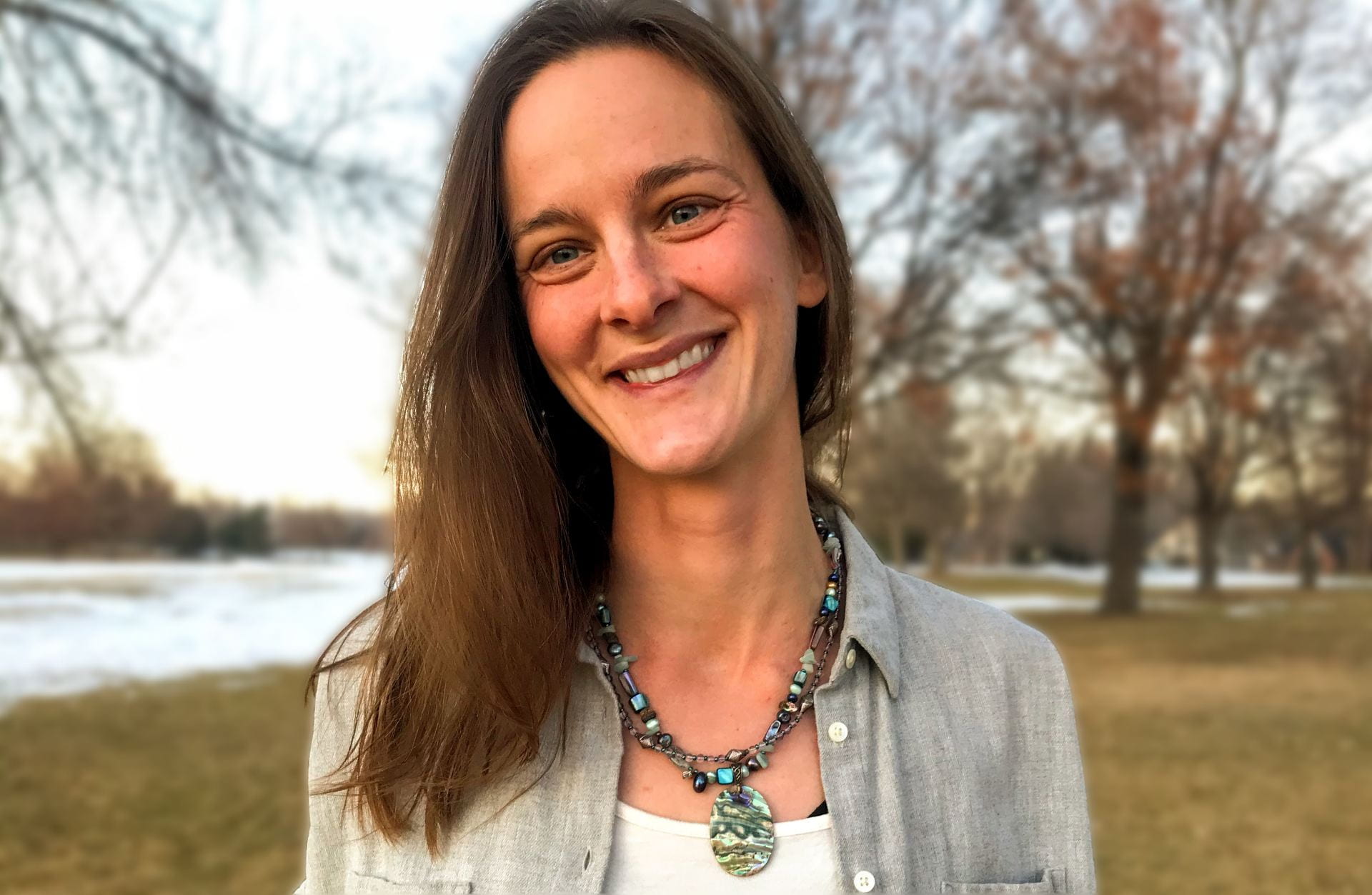The Public Policy Institute of California is sparking new conversations around innovative alternatives to keep farmland in production and avoid devastating environmental and health impacts from fallowing as much as a million acres of land under the Sustainable Groundwater Management Act.
PPIC has embarked on the first major research endeavor to investigate options for keeping farmers farming and for the complex policymaking needed to finance and expedite a suite of farming practices and regulatory restructuring. The hope is it would build some flexibility into California’s highly specialized agricultural system.
The PPIC Water Policy Center raised eyebrows in 2019 when the researchers estimated that at least half a million acres must go out of production for overdrafted basins to reach sustainability by 2040. A year later, a UC Berkeley study doubled that estimate to cover about a fifth of the irrigated farmland in the San Joaquin Valley. Now the center is looking for solutions, joining a chorus of agricultural and rural interests engaging policymakers on investing in long-term resilience.
In a report published last week, PPIC researchers found that switching to dryland farming or crops that require little irrigation would offer farmers the option to keep fields in production during dry years and still plant higher-value summer crops when the water returns. The policy paper explores opportunities to capitalize on the winter rains of California’s Mediterranean climate by growing winter wheat and in drought years turning to forage crops like hay or silage, with a focus on early harvests before precipitation dries up in late spring.
While this offers little consolation for the farming families who built the nation’s most productive agricultural region over several generations, it does present the state with a range of public benefits as it enters a period of long-term aridification and diminishing air quality from wildfire smoke. Multibenefit projects for tackling climate and drought issues are also drawing more attention in the Sacramento policy world.
But competing in California’s highly regulated business landscape leaves farmers—especially the thousands of growers on small plots or from underserved communities—with thin profit margins and little time to invest in risky new practices.
 PPIC agroecologist Caitlin Peterson
PPIC agroecologist Caitlin Peterson
While the researchers cautioned that much more work is needed to assess the economic viability of such alternatives to fallowing, a panel discussion with farmers, an air quality expert and an ecologist drew optimism for the industry’s ability to apply water-limited cropping through creative management practices.
“As far as the grain crop, it serves multiple purposes,” said Mark Hutson, a longtime farmer in Madera County who grows walnuts and almonds and has been experimenting with dryland wheat. “It just gives me more options. And that is what's exciting to me as a grower.”
While grains provide Hutson with a modest income in dry years, he can sacrifice the crop when flooding fields for groundwater recharge during wet winters, allowing him to bank water for pumping later while preventing subsidence and improving groundwater quality. It also maintains soil organic matter, especially when applying mulch produced from whole orchard recycling. He can farm in a strip manner as well, with only a portion dedicated to grain. And when the yield is too low to harvest, the crops become grazing material.
“We used to do a lot of it in the valley, particularly winter wheat and barley,” said Caitlin Peterson, an agroecologist at the Water Policy Center and lead author on the report. “To what extent might it be possible to reintroduce it? And is that something we would want to do?”
Peterson and colleagues surveyed stakeholders and conducted in-depth interviews to supplement their scenario modeling for parts of the valley. While dryland farming is possible in some areas, having a few inches of irrigation significantly improved the feasibility of a winter crop, especially when harvesting as forage to lower operating costs. The water-limited crops need few inputs and offer a relatively high value for the water used, propelled by consistent demand from California’s large dairy industry.
To break even, a farmer must produce five tons of winter wheat forage a year with minimal irrigation.
Dryland farming, on the other hand, presented much more risk due to the variability in rainfall. Farmers would stand just a 40% chance of generating enough yield in a year, meaning the crop would fail most years. Yet the PPIC analysis generated several scenarios when water-limited crops would not cover the cost of production either.
Peterson cautioned that the modeling needs be grounded in solid field work, on-farm trials and research into other crop varieties, along with economic assessments of both the markets and the value of the environmental benefits.
The most notable advantage is that maintaining farmland minimizes the amount of dust in the valley as the land transitions under SGMA. In rural, low-income communities, dust is already leading to devastating health outcomes, such as respiratory and cardiovascular illnesses and developmental impairments in infants and children, according to a separate PPIC report published last month.
Dust accounts for more than half of the fine particulate matter plaguing the valley’s air quality. The concentrations have dropped over the decades as the region meets federal attainment standards and farmers better manage for dust through conservation tillage practices and equipment like low-dust tree nut harvesters. But SGMA fallowing and more frequent and intense wildfires are threatening to increase particle pollution, explained Andrew Ayres, an environmental and natural resources economist at the Water Policy Center.
Don’t miss a beat! It’s easy to sign up for a FREE month of Agri-Pulse news! For the latest on what’s happening in Washington, D.C. and around the country in agriculture, just click here.
More dust adds more risk for Valley fever, as fungal spores spread more broadly and lead to infections. He pointed to another unintended SGMA consequence, that the dust can carry legacy pesticides banned decades ago but still present in some soils.
Ayres and his team identified communities that are highly vulnerable to increasing dust, since nearby fallowing is likely to occur. In these places, the soil type promulgates dust and clusters of dust storms already occur.
“The valley right now is at a point in SGMA implementation where it has an opportunity to really get out ahead of this problem,” said Ayres.
Jonathan Klassen, who directs air quality science at the San Joaquin Valley Air Pollution Control District, stressed that the valley has come a long way to reduce emissions, slashing the larger PM 10 particulates by more than 35 tons. The district has been working with agriculture to implement a regulatory rule for conservation management practices like minimizing tillage, filtering dust, cover cropping and consolidating activities into fewer passes through the fields. The district has been making progress on the finer PM 2.5 particulates, but it remains stubbornly challenging.
Klassen said incentives grants are “a huge part of our operations” to help industries cover the costs. The district has spent more than $13 million so far to help growers upgrade to more than 160 low-dust harvesters in the region. Another $180 million is helping with alternatives to open agricultural burning to reduce particle pollution.
Air quality has been top of mind for Cork McIsaac as well. As president of Agriculture Industries Inc., he provides land management services to farmers and other landowners. One of his tasks is to protect fallowed lands on those operations from pests, usually through disking fields or shredding material, which can create more dust.
While McIsaac encourages dryland farming, more than a decade of dry conditions have made it problematic. The farming has mainly been to grow grain that is then grazed by sheep and goats, but those plants often become hosts to a variety of pests.
 Mark Hutson, almond and walnut farmer
Mark Hutson, almond and walnut farmer
Farmers, however, concentrate on the agronomic perspective, which means applying water to the highest value good, he explained.
“This is where that broader policy needs to come into play,” said McIsaac, though he warned that growers would rather not rely on government assistance.
Hutson lauded the USDA Natural Resources Conservation Service and his local resource conservation district for helping him to incorporate forage cropping into his groundwater recharge project. But removing permanent crops for such purposes requires more money than is available through grants. He also worried about saturating markets by scaling up such production to meet the anticipated 500,000 acres of SGMA fallowing.
Navigating the system for grant applications has been difficult and time-consuming for Hutson. After two years, he gave up on a conservation grant for his recharge project and switched to the EQIP program under NRCS. This led him to believe that it would be faster to distribute the grant money through local water districts or groundwater sustainability agencies (GSAs). McIsaac was similarly frustrated with time delays in CDFA’s whole orchard recycling program.
GSAs are already leading the charge on repurposing fallowed farmland, according to Reyn Akiona, an ecologist and the watershed coordinator for the Tule Basin in Tulare County. Two of the GSAs in the basin have been experimenting with a policy that rewards farmers who commit to fallowing a portion of their land, charging them less for their water allotments. This feeds into a program by The Nature Conservancy that works with farmers on retiring their water rights, allowing groundwater to remain underground. The farmers can then cover crop the ground without being penalized for the water lost through evapotranspiration. The conservancy’s corporate sponsors, which have their own environmental goals to meet, cover the program costs.
The GSAs are also looking into ways to strategically deploy groundwater recharge around communities with vulnerable drinking water wells. The agencies are identifying areas in the basin likely to have high rates of land repurposing and face economic and environmental stressors. They have set aside $3.5 million in grant funding on a suite of projects in those areas.
But Akiona shot down any hope for scaling up small habitat restoration projects in the basin, arguing it is physically impossible—regardless of the amount of funding available—and cited a lack of available native seeds, suppliers and practitioners. The basin has one restoration project spanning 465 acres, which may seem enormous to a restorationist but tiny to a policy person, he explained.
“The state of California at large is starting to come to grips with the reality that we don't even have enough material to do the action we want to do,” he said.
Scaling up grants to meet the massive size of the problem raised other concerns for McIsaac, who noted that CDFA’s grants for climate-smart practices are limited in funding.
“I understand there's this hesitancy to benefit larger growers,” said McIsaac. “How do we not disadvantage smaller growers, but get the most bang for the buck?”
Despite the many obstacles ahead for integrating water-limited crops with emerging water conservation efforts, Akiona was encouraged by the flexible thinking and the ability to empathize with other positions, trends that appear to be budding in the valley “despite the emotional load that comes with resource scarcity.”
For more news, go to www.Agri-Pulse.com.


